The Samsung 512GB SSD will take advantage of the newer multi-level flash technology and even comes with its own controller. Read speeds on this awesome component will be able to reach up to 500 MB/s and write speeds of about 350 MB/s, which are still pretty decent.
Yes, you've heard it right... Samsung has announced that it will release 512GB solid state drives! The featured product is already entering mass production phases as earlier said by the Korean company. It has been said that these magnificent products will enter the mainstream market in notebooks at the end of this year. The Samsung 512GB SSD will take advantage of the newer multi-level flash technology and even comes with its own controller. Read speeds on this awesome component will be able to reach up to 500 MB/s and write speeds of about 350 MB/s, which are still pretty decent. Although there has been no word on how much these component will cause, it will probably run for a high pricey edge. Though it may take a while before this product line will reach the Philippines (maybe early 2012), it's still a good point to look forward to the upcoming better components Samsung has to offer.
1 Comment
If one hears AMD or Radeon, one thing pops in our mind. It's simply the hardcore processor or the astounding graphic cards which are very popular throughout gamers and enthusiasts alike. But this time around, we're in for a shocker. One of our favourite processor companies, AMD has established a new line of memory modules. Yup, you heard me right - AMD Memory!
Well, like all other brands, AMD categorized their memory product lines into different segments serving different consumer needs - ultra pro gaming, entertainment, and business enterprise types. These memory lines seem to have found their way in Japan. AMD ultra pro gaming modules clocks at 1600 MHz with a latency of 11-11-11, entertainment memory type seems to be pegged at 1333MHz with a slightly faster latency of 9-9-9 and business enterprise types clocks were not yet posted, even in the AMD website. So far these memory modules are still out in Japan and basically limited only to 2GB sticks. While it may seem to be a good idea to set up a system purely based in the AMD pyramid, we'll just have to sit back and wait for it to reach our Filipino computer outlets. After just a few months of raking up, ASRock once again announces their new entry to the Fatal1ty motherboard lineup, Fatal1ty 990FX Professional. The new professional series motherboard from ASRock will carry the new FX CPU series which are greatly accounted on the Bulldozer architecture.
This Fatal1ty board will support the upcoming 8-core AM3+ socket, along with the AMD 990X chipset. Like its intel P67 counterpart, the new Fatal1ty 990FX Pro will have a lot of space for discrete graphic cards - three PCI-E x16 slots. It also has 2 PCI-E x1 slot, 6 SATA ports, amazingly six USB 3.0 ports, 2 Gigabit LAN sockets, 4 DDR3 memory sockets, and 7.1 Channel Realtek-based Audio. To top that up, this AMD-based board will support Fatal1ty XFast USB and LAN technologies, Graphical UEFI. Likewise, it also features Fatal1ty F-Stream On/Off Play Technology and the standard UCC modules. With its 100% High Quality polymer capacitors which are made in Japan, this motherboard will be rock solid as it is. Although there are still no words on the pricing for this extreme class mobo, we're pretty sure that this will hit the high-end market prices with guaranteed extreme stability. So, for our gamers that want absolute performance coupled with stability and a grappling name, better watch out for this ironclad comes out in the local market. With all the wrangling and good stuffs raining around the Taiwan based Computex 2011, we decided to tick off some of the highlights for this great exhibit. Today we're going to start off with one of the most looked at chipset, AMD's 9-Series Chipset which was launched in the event. The 9-series chipset supports the current AM3 socket and the upcoming AM3+ CPUs (based on the Bulldozer architecture). Although, the new processor design is yet to be released in the market, AMD released the new chipset anyway. Some manufacturers already handed out their new motherboards which carry this new chipset such as ASUS, Gigabyte, MSI and ECS. The great thing about it is that you can still use your Phenom II, Athlon II or any AM3 processor on this motherboard and reserve it for upgrade options when the Bulldozer CPU comes out in the next couple of months. Basically, the AMD 9-Series chipset is similar to its previous model (the 8-series) except for the fact that it supports the upcoming AM3+ processors. So, if you look at it from AMD's point of view...the new 9 series is to easily tell if the specific motherboard supports the newer AM3+ processors.
The AMD 9-series comes in different models and these are: AMD 990FX, AMD 990X and AMD 970. The demand for the motherboard which carry these chipsets will probably increase when the Bulldozer processors come into play in the following two months. Over the past few weeks since the release of FSP's Aurum Series, there has been a good feedback around the Enthusiasts' community. The FSP Aurum Power Supplies offers solid high efficiency performance with a very affordable price tag. And its not just any ordinary efficiency, the Aurum power supplies were able to deliver 80plus Gold ratings which makes it stand out against its competitors. However, this amazing PSU series doesn't come without a flaw. The major disadvantage of its high efficiency performance comes at cable management. The previously released Aurum Series are non-modular and you have to clean up all the cables if you're going to install it in your rig. This is a minor cons if you looked at what the Aurum Series can give you. Just recently to address this issue, FSP released their new Aurum Cable Management Series. These new models comes at 550w, 650w and 750w. The previous Aurum Series only comes at 400w, 500w, 600w and 700w...so be sure not to mistake the old ones with the newly released ones (and vice versa). The one distinct feature of the FSP Aurum Cable Management Series is that it comes with a modular feature, which was not present on the old series. Likewise, the new FSP Aurum, comes with the 80 Plus Gold Certifications, Active PFC, 120mm fan, four +12V rails and other standard protections against short circuit (SCP), over current (OCP), and over voltage (OVP).
The new Aurum Series would certainly address the issues of what enthusiasts pointed out in cable management. Although pricing on the new series has not been announced yet, I'm guessing this would only be limited to a slight increase once compared to previous series. No matter what the price would be, FSP would definitely try to fit this into the budget category (offering good performance for a very awesome price). With the release of the 2nd generation Intel icore processors, the road for AMD is certainly getting tougher and tougher each day. Until the planned Llano based AMD CPUs are released, Advanced Micro Devices will have to settle with leveling their competition with what they have currently and that is their AM3 socket products.
AMD unveiled their newest AM3 socket desktop processor, the Phenom II x4 980 Black Edition. It is based on a standard 4-core CPU with a clock speed of 3.7 GHz, 2MB of L2 cache. And it has a 6MB of L3 cache and has DDR2/DD3 integrated dual-channel controllers. Consequently, this black edition processor has a Thermal Design Power (TDP) of 125W. Like all previously black edition CPUs, the Phenom II x4 980 has its clock multiplier unlocked. This gives the overclocker a lot of headroom through increasing their clock multiplier. For now, the Phenom IIx4 980 Black Edition is based on 45-nm process and is currently introduced in the US market at USD 185. In a few weeks, this should reach our local markets. Seems like every bit in the GPU zone is battling it out. From the higher HD 6990 and GT 590 classes down to the lowest tier battlefields, the 2 GPU engine makers are definitely making it worth for your buck. A few days back, AMD Radeon released their low-end video card, HD 6450. Now, it's time for Nvidia to launch their counterpart on this field - the Geforce GT 520. The GT 520 comes with 48 stream processors, this is equal to the previous generation GT 220. It's core clock comes with an amazing 810 MHz and shader clock at 1400 MHz. The low tier video card also comes at the 1GB memory at DDR3. The numbers definitely look promising on this green warrior. However, like all other low end cards, the GT 520 is stuck at the slower 64-bit memory interface. Though rendering and graphic capabilities may be limited in these type of cards, it does have a good stance on power consumption. The Nvidia GT520 has a TDP of 29W as the manufacturer claimed it to be with an idle rate of only 10W.
Like all other budget cards, we aren't expecting much for these mini monsters. We just expect them to run a good HTPC and consume much less than their stronger brothers. In the foreign market, the GT 520 comes with a price tag around US$60. In due time, this will also be in the Pinoy markets. Now, there has been much speculation in the Mid-range video card battlefield and today we see the perfect rival for the disputed Nvidia's Geforce GTX 550 Ti, which was released a few weeks back. AMD's counter for such a move is the Radeon HD 6790, which boasts of better performance compared to its Nvidia rival.
Battle stations!... Battle stations!! Seems like the proving grounds for the High-end Graphics Cards are heating up pretty much. Just recently, Nvidia released its newest and supposedly best card, the Geforce GTX 590. Upon the release of their Geforce flagship, Nvidia claimed that this was the fastest card in the whole wide world. This statement from the green team seems to have caused a great commotion within the red front, AMD Radeon Graphics. Because of such, AMD asks their opponent to prove their claim and not merely say it without basis. This was taken out from AMD's blog post written by Dave Erskine, Senior Public Relations Manager for AMD Graphics Desktop division. "Two weeks ago we launched our flagship GPU, the AMD Radeon™ HD 6990. We had designed it to be a game-changer and we hit the bull’s eye. The result: The AMD Radeon™ HD 6990 achieved the highest default single graphics card score of X3303 using the industry standard 3DMark11 benchmark. And when we launched it, we issued a press release in which we proudly called it the “World’s Fastest Graphics Card” and fully disclosed the basis upon which we made that claim. ".
Surely, AMD is hitting the hard end with these words. The blog post wines up with this final statement : "So now I issue a challenge to our competitor: prove it, don’t just say it. Show us the substantiation. Because as it stands today, leading reviewers agree with us here, here, here, and here that the AMD Radeon HD 6990 sits on the top as the world’s fastest graphics card." With both graphic companies now going at it, expect a lot of weaponry being thrown out for the claim to be the fastest and best performing graphics card in the world. We'll have to wait for Nvidia's answer on this statement and they certainly will shell out something to throw at AMD's gauntlet. Source: AMD Blog Looks like most of the companies are celebrating the entry of the second generation Intel's icore processors and seems everyone is jumping into the bandwagon. The introduction of the new sandybridge architecture from Intel's processor sure did innovate the way things are run. And for the motherboard companies, this is a perfect way for them to earn a decent market. Now we look at Biostar's motherboard for this endeavor - Biostar H67MH. The Biostar H67MH comes in a small Micro-ATX form factor. As mentioned, this motherboard is based on the new socket 1155 from Intel (2nd generation i3, i5, and i7)and has a maximum CPU thermal design power of 95 watts. This motherboard supports a dual channel (DDR3 1066/1333 MHz) memory but unfortunately this only provides 2 DDR3 DIMM memory slots. The H67MH comes with the standard PCI-E x16 slot (2.0) and one PCI-E x1 (2.0) slot. It also has two PCI slots, 4 slots for SATA2, 2 slots for SATA3, 4 USB 2.0 ports, Realtek ALC662 6-channel HD audio and Gigabit LAN (Realtek RTL8111E). The H67MH also has the HDMI, VGA and DVI video output sockets for maximum compatibility. Aside from Windows 7 compatibility, the board also boasts of using solid capacitors for added motherboard lifespan.
In a matter of a few weeks, we should be able to see this board hit our local markets. Let's hope the Biostar H67MH will not be very high in terms of pricing once it hits the Philippine shores. |
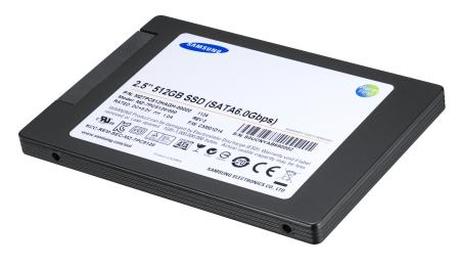
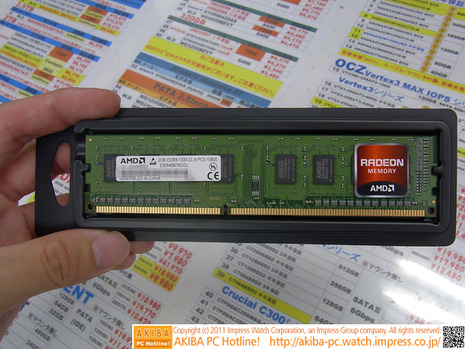
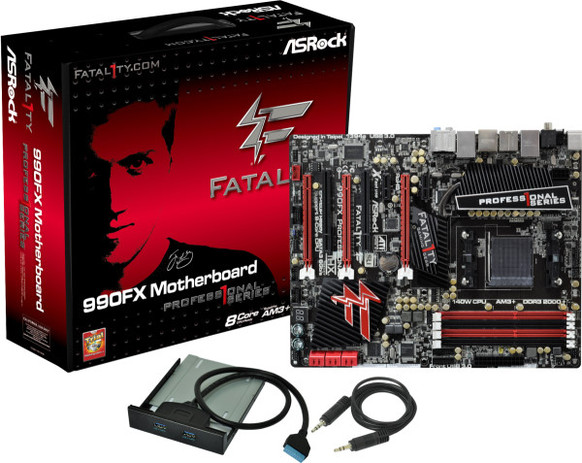
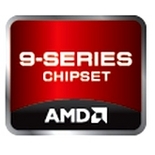
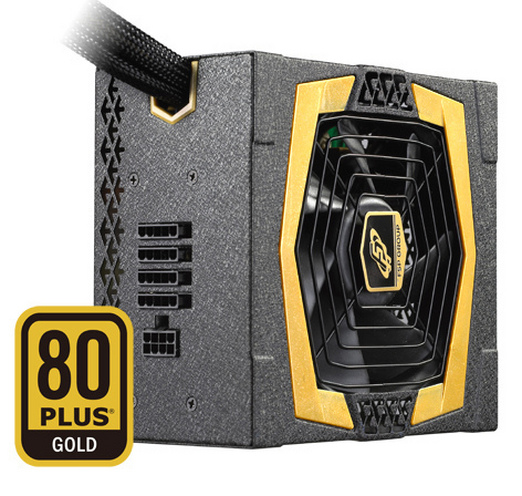
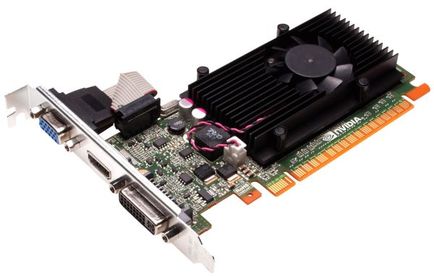
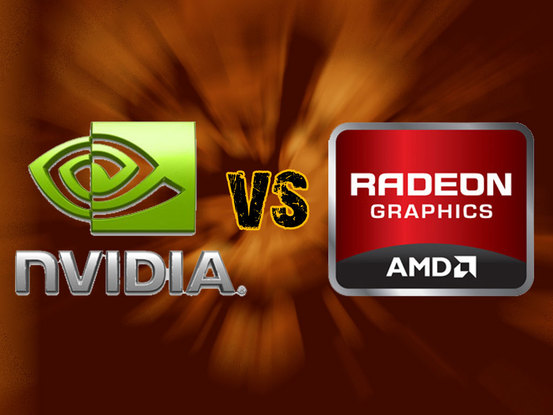
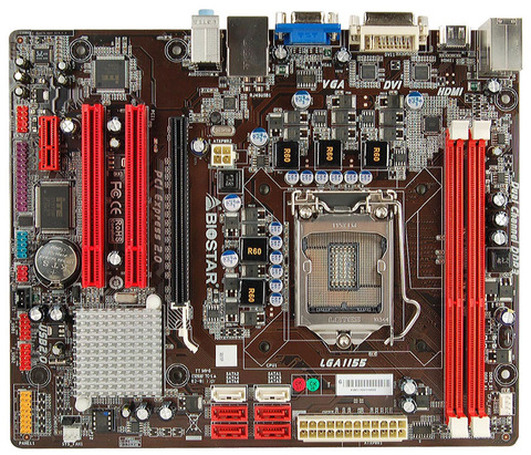

 RSS Feed
RSS Feed
